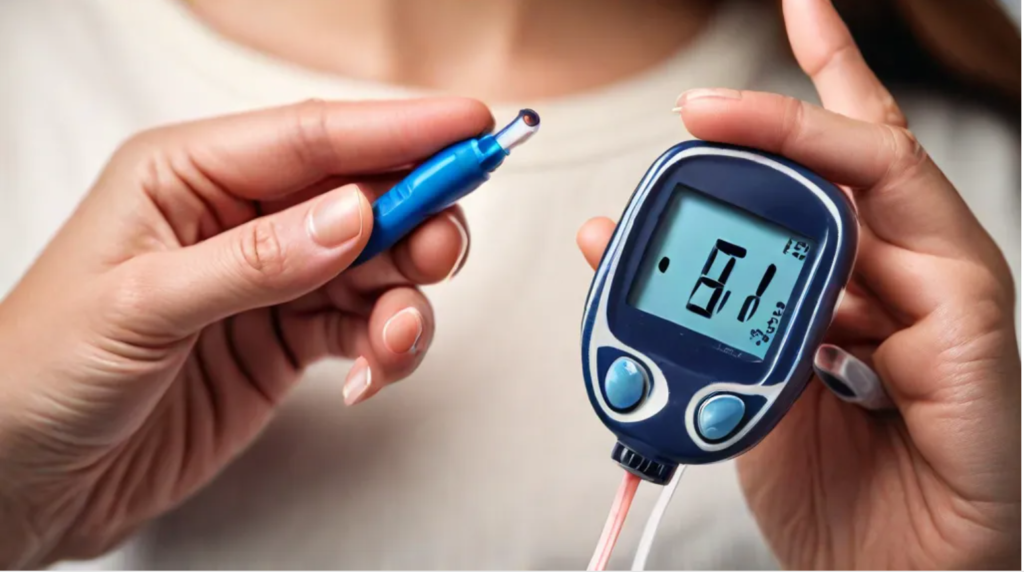Diabetes can have a profound impact on various parts of the body, and the feet are particularly vulnerable. High blood sugar levels can damage nerves, impair blood circulation, and weaken the immune system, creating an environment where foot problems can thrive. Understanding these complications is crucial for individuals with diabetes to maintain foot health and prevent serious issues.
Common Foot Problems Associated with Diabetes
- Nerve Damage (Neuropathy): This insidious condition gradually diminishes sensation in the feet. The nerves responsible for transmitting signals from the feet to the brain become damaged, leaving individuals unaware of minor injuries like cuts, blisters, or even foreign objects embedded in the skin. This lack of sensation allows infections to fester unnoticed, potentially leading to severe consequences.
- Poor Circulation: Diabetes can narrow blood vessels, significantly reducing blood flow to the extremities, including the feet. This circulatory impairment hinders the delivery of essential nutrients and oxygen to the tissues, slowing down the healing process and increasing the risk of infection. Even minor cuts or scrapes can take considerably longer to heal, leaving the foot vulnerable to infection.
- Foot Ulcers: These open sores, often appearing on the bottom of the feet, particularly on pressure points, are a common and serious complication of diabetes. The combination of neuropathy and poor circulation creates an ideal environment for the development of foot ulcers. These ulcers can be extremely painful and slow to heal, sometimes requiring extensive medical intervention.
- Charcot Foot: This severe condition involves the progressive deterioration of the bones and joints in the foot. The weakened bones and joints can collapse, leading to significant deformity and chronic pain. Charcot foot can significantly impact mobility and quality of life.
- Infection: People with diabetes have a weakened immune system, making them more susceptible to infections. Even minor cuts, blisters, and ingrown toenails can quickly become infected and spread, potentially leading to serious complications like cellulitis or even amputation.
Recognizing the Symptoms of Diabetic Foot Problems
Early detection and intervention are key to preventing serious foot complications in people with diabetes. Be vigilant for the following symptoms:
- Numbness or tingling: A loss of sensation in the feet, often described as a “pins and needles” feeling.
- Burning or shooting pain: A persistent or intermittent burning or shooting pain in the feet.
- Loss of balance: Difficulty maintaining balance or a feeling of unsteadiness when walking.
- Dry, cracked skin: The skin on the feet may become dry, cracked, and calloused, increasing the risk of injury.
- Foot ulcers: The presence of open sores or wounds on the feet.
- Redness, swelling, or warmth: These signs can indicate an infection.
Preventive Measures for Healthy Feet
- Regular Foot Inspections: Daily visual inspections of the feet are essential. Look for any cuts, blisters, redness, swelling, or signs of infection. Use a mirror to examine the soles of your feet.
- Proper Footwear: Wear well-fitting, comfortable shoes that provide adequate support and cushioning. Avoid tight-fitting shoes that can constrict circulation or cause friction. Consider shoes specifically designed for people with diabetes, such as those with extra depth to accommodate custom orthotics.
- Foot Care Routine: Wash your feet daily with warm water and mild soap. Dry them thoroughly, paying special attention to the areas between the toes. Apply a moisturizer to keep the skin hydrated, but avoid applying it between the toes to prevent fungal infections.
- Blood Sugar Control: Maintaining stable blood sugar levels is crucial for preventing nerve damage and improving overall circulation. Work closely with your healthcare team to manage your diabetes effectively.
- Regular Exercise: Physical activity promotes blood circulation, strengthens muscles, and helps maintain healthy weight, all of which are beneficial for foot health. Engage in regular exercise as recommended by your healthcare provider.
Treatment Approaches
The treatment of diabetic foot problems depends on the specific condition and its severity. Common treatment approaches include:
- Wound Care: Proper wound care is essential for preventing infection and promoting healing. This may involve cleaning and dressing the wound, removing dead tissue, and applying specialized dressings.
- Offloading Pressure: Reducing pressure on the affected area is crucial for healing ulcers. This can be achieved through the use of special shoes, inserts, or braces.
- Antibiotics: If an infection is present, antibiotics may be prescribed to eliminate the bacteria.
- Surgery: In some cases, surgery may be necessary to repair damaged nerves, bones, or blood vessels. This may include procedures such as debridement (removal of dead tissue), amputation (in severe cases), or reconstructive surgery.
Conclusion of diabetes
Diabetic foot problems can have a significant impact on an individual’s quality of life. However, by taking proactive steps to prevent and manage these complications, individuals with diabetes can maintain healthy feet and enjoy an active lifestyle. Regular foot inspections, proper footwear, and diligent blood sugar control are essential components of a comprehensive foot care regimen. Working closely with a healthcare team, including a podiatrist, can help individuals with diabetes identify and address potential foot problems early on, preventing more serious complications.








